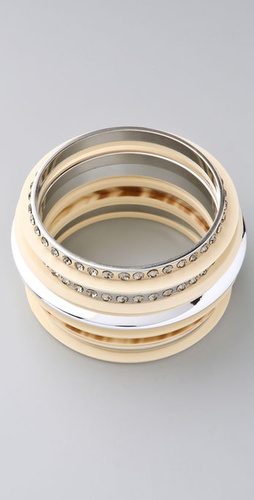Many people in the world has the black hairs which are more brittle and more prone to breakage. Black hair needs special care because they are fragile and difficult to control. Black hair are always almost curly, although the degree of wave varies enormously. As a general rule, black hair is brittle and has a tendency to split and break. This is because the sebaceous glands produce insufficient sebum to moisturize the hair. They need special attention and special tips to make them last longer.
In addition, because the hair is tightly curled, the sebum is unable to travel downwards to condition it naturally. If the curl forms kinks, this makes the hair thinner and therefore weaker at each band.
Other type of black hair can be very fine making it difficult to style and hold a set.
To treat excessive dryness choose a specialist formulation that replace the natural oil lacking in black hair. If the product is massaged daily or whenever necessary, the hair will become more manageable with improved condition and shine. It is also important to deep condition the hair regularly.
Tips on black hair caring
- Hair need to be strong and healthy to take any type of chemical treatment. To check hair strength and natural elasticity, pluck out a hair and hold it firmly between both hands, then pull gently. If the hair breaks with hardly any stretching, it is in week and poor condition, in which all chemical treatments should be avoided.
- One of the most effective ways of styling very curly hair is to crop it close and short. With this type of cut you just need to shampoo, condition and finish it with soft wax.
- Massage the scalp regularly to encourage oil production.
- If you use hot combs or curling tongs, make sure you shield the hair by using a protective product.
- If the hair is pulled too forcibly too often, it will disrupt the hair folicles, cause scar tissue to form and ultimately hair loss. To help prevent this, avoid braiding or pulling the hair into tight braids.
- To prevent frizziness and maintain the definition of curls, special lotions called curl actibators and moisturising sprays can be used to revive and preserve the formation of curls.
- Black hair should be colored with caution because of its natural dryness and porosity.
- Once a month, try a hot oil treatment which will lubricate dry scalp condition as well as moisturise brittle hair.
- As with all chemical treatments, relaxing and pumming can be potentially harmful to the hair, removing natural moisture and leaving hair in a weakend state. For this reason it is advisable to get skilled professional help and advice.
 TIERED RUFFLE DRESS
TIERED RUFFLE DRESS  KIMONO-STYLE DENIM RUFFLE DRESS
KIMONO-STYLE DENIM RUFFLE DRESS  TANK-STYLE PRAIRIE DENIM DRESS
TANK-STYLE PRAIRIE DENIM DRESS  BABYDOLL DENIM HALTER DRESS
BABYDOLL DENIM HALTER DRESS  ZIP-FRONT DENIM HALTER DRESS
ZIP-FRONT DENIM HALTER DRESS 
 Obey – Womens Fringe Necklace (Antique Silver)
Obey – Womens Fringe Necklace (Antique Silver) Obey – Womens Fringe Necklace (18K Gold)
Obey – Womens Fringe Necklace (18K Gold) Obey – Womens Fringe Bracelet (Antique Silver)
Obey – Womens Fringe Bracelet (Antique Silver)

 Lee Angel Set of three bangles
Lee Angel Set of three bangles Enamel & Crystal Bangle Set $44
Enamel & Crystal Bangle Set $44 Large Rhinestone Mixed Bangle Set $44
Large Rhinestone Mixed Bangle Set $44 Stone & Wood Mixed Bangle Set $39
Stone & Wood Mixed Bangle Set $39 Pearl & Enamel Bangle Set $39
Pearl & Enamel Bangle Set $39 Tribal Bangle Set
Tribal Bangle Set Crystal & Metallic Mixed Bangle Set $34
Crystal & Metallic Mixed Bangle Set $34 GUESS Basic Bangle Set $30
GUESS Basic Bangle Set $30 G by GUESS Vintage Charms Bangle Set $18.50
G by GUESS Vintage Charms Bangle Set $18.50 Mudd® Gold-Tone Multicolored Bangle Bracelet Set
Mudd® Gold-Tone Multicolored Bangle Bracelet Set  Mudd® Gold-Tone Multicolored Bangle Bracelet Set
Mudd® Gold-Tone Multicolored Bangle Bracelet Set  Mudd Two-Tone Beaded Flex and Bangle Bracelet Set
Mudd Two-Tone Beaded Flex and Bangle Bracelet Set 